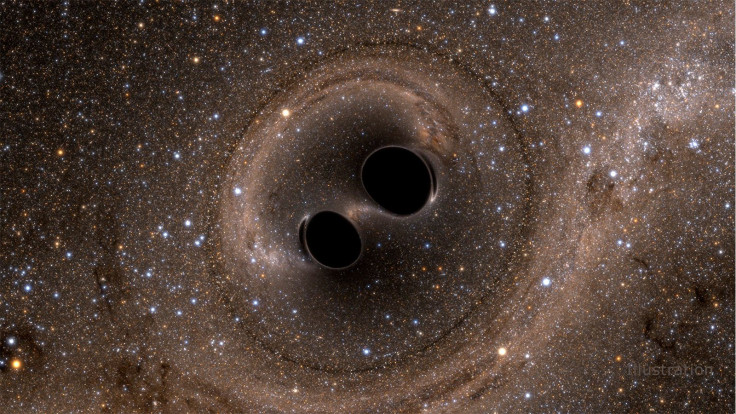Scientists Capture Bizarre Sound Of Black Holes Colliding And Merging

Scientists were able to record the sounds produced by two black holes that collided and merged. According to the scientists, the sounds were converted from the gravitational waves produced by the massive cosmic event.
Black holes are known to be one of the most massive objects in the universe. Some of them, known as supermassive black holes, can grow to millions to billions of times more massive than the Sun.
When two of these massive objects collide, the resulting impact produces gravitational waves that travel across space. Recently, scientists from the Laser Interferometer Gravitational-Wave Observatory (LIGO) in the U.S. were able to track down the gravitational waves produced by a collision between two black holes that occurred billions of light-years away from the Solar System.
These gravitational waves were then converted by the scientists into sound.
“Gravitational waves sent out from a pair of colliding black holes have been converted to sound waves, as heard in this animation,” the LIGO scientists said in a statement released by the National Science Foundation.
According to the scientists, the collision involved two black holes that were about 30 times more massive than the Sun. The energy released from the massive cosmic fender-bender was 50 times greater than that of all the stars in the known universe.
“LIGO observed gravitational waves from the merger of two black holes, each about 30 times the mass of our sun,” the scientists explained. “The incredibly powerful event, which released 50 times more energy than all the stars in the observable universe, lasted only fractions of a second.”
The scientists noted that the animation features two versions of the sound from the black hole collision. The first was made to match the gravitational waves from the event while the other one was slightly tweaked in order to fit within the hearing range of humans.
According to the scientists, the frequency of the gravitational waves increased as the two black holes moved closer to each other.
“As the black holes spiral closer and closer in together, the frequency of the gravitational waves increases,” they explained. “Scientists call these sounds ‘chirps,’ because some events that generate gravitation waves would sound like a bird's chirp."
© Copyright IBTimes 2024. All rights reserved.





















